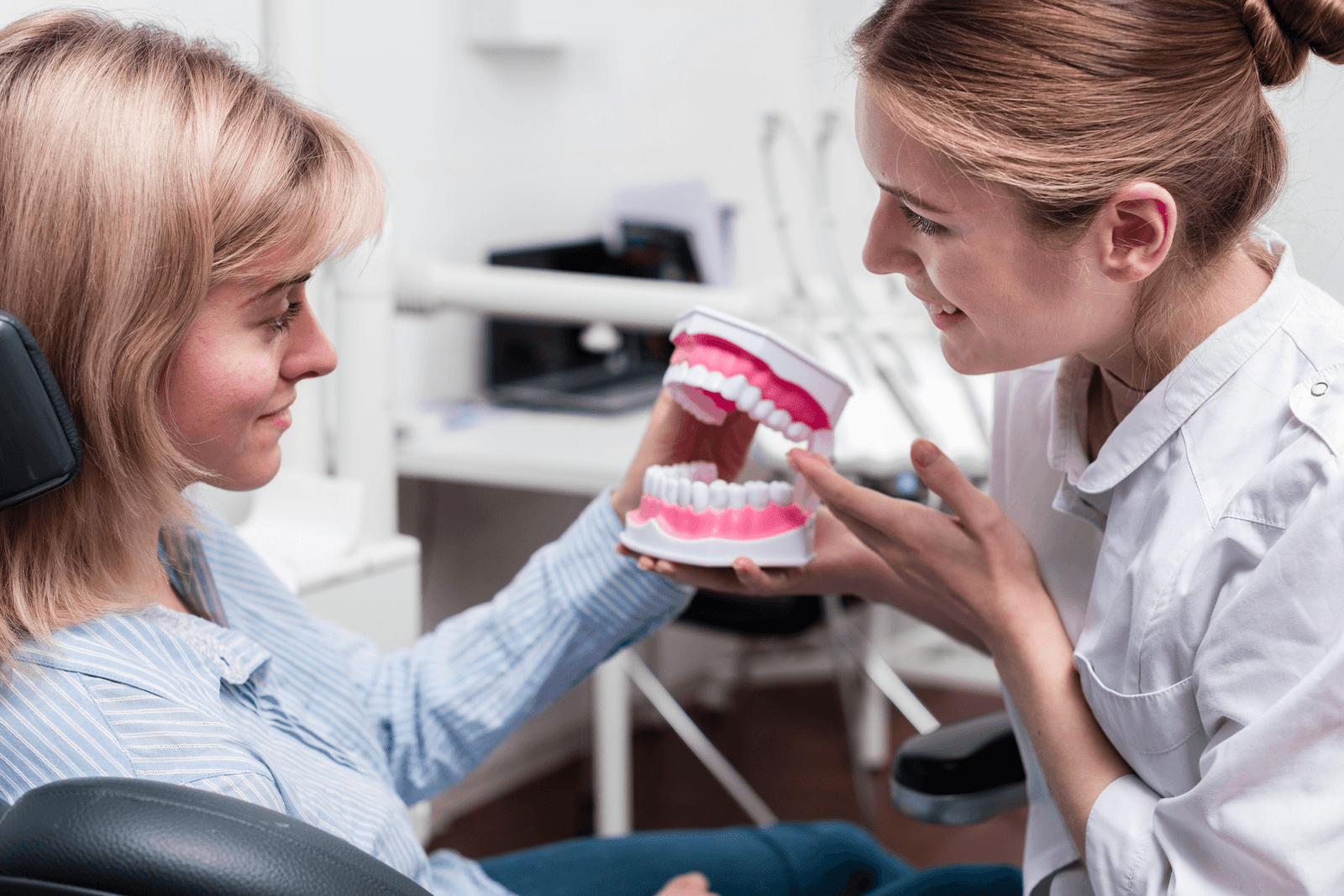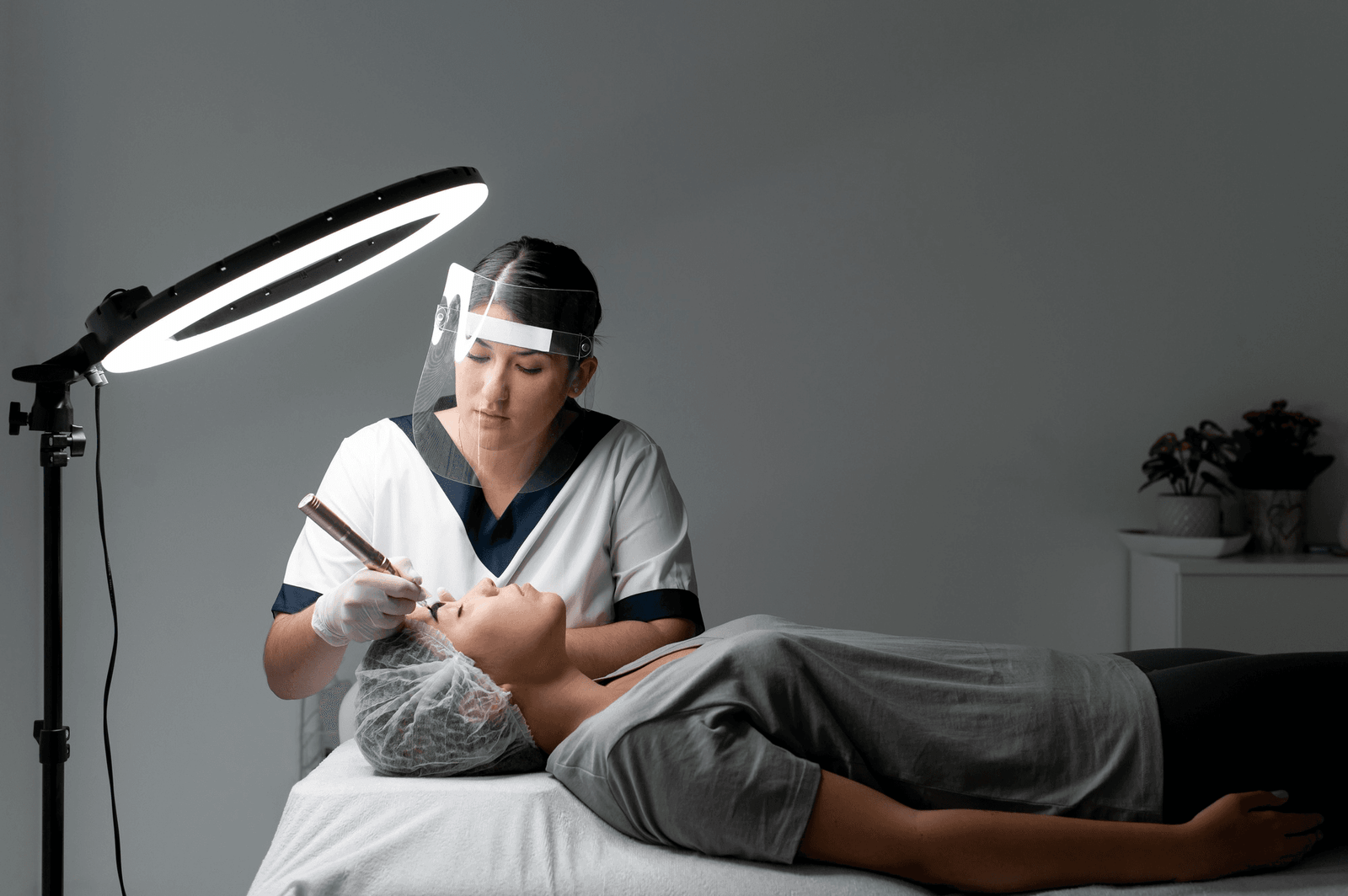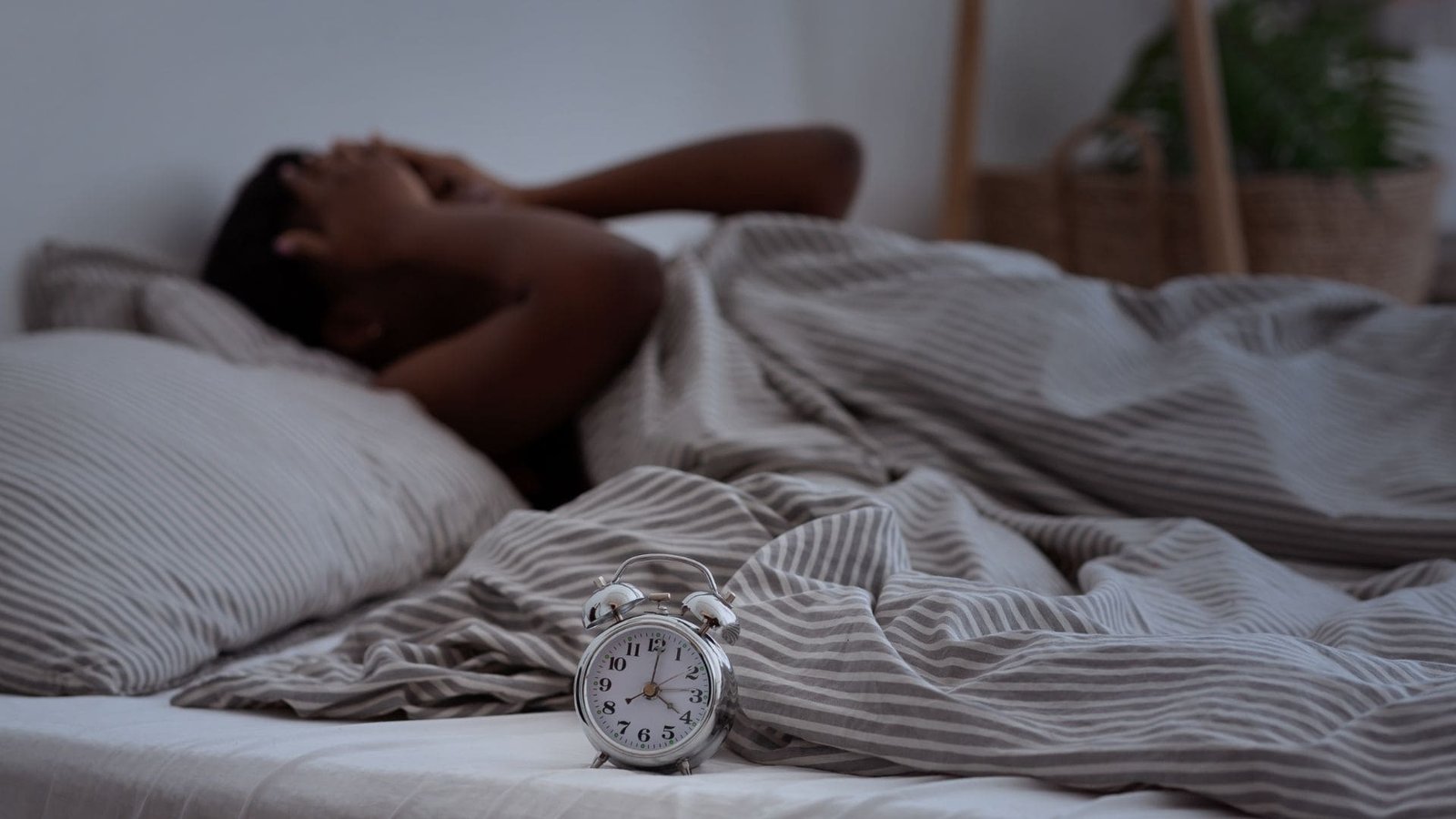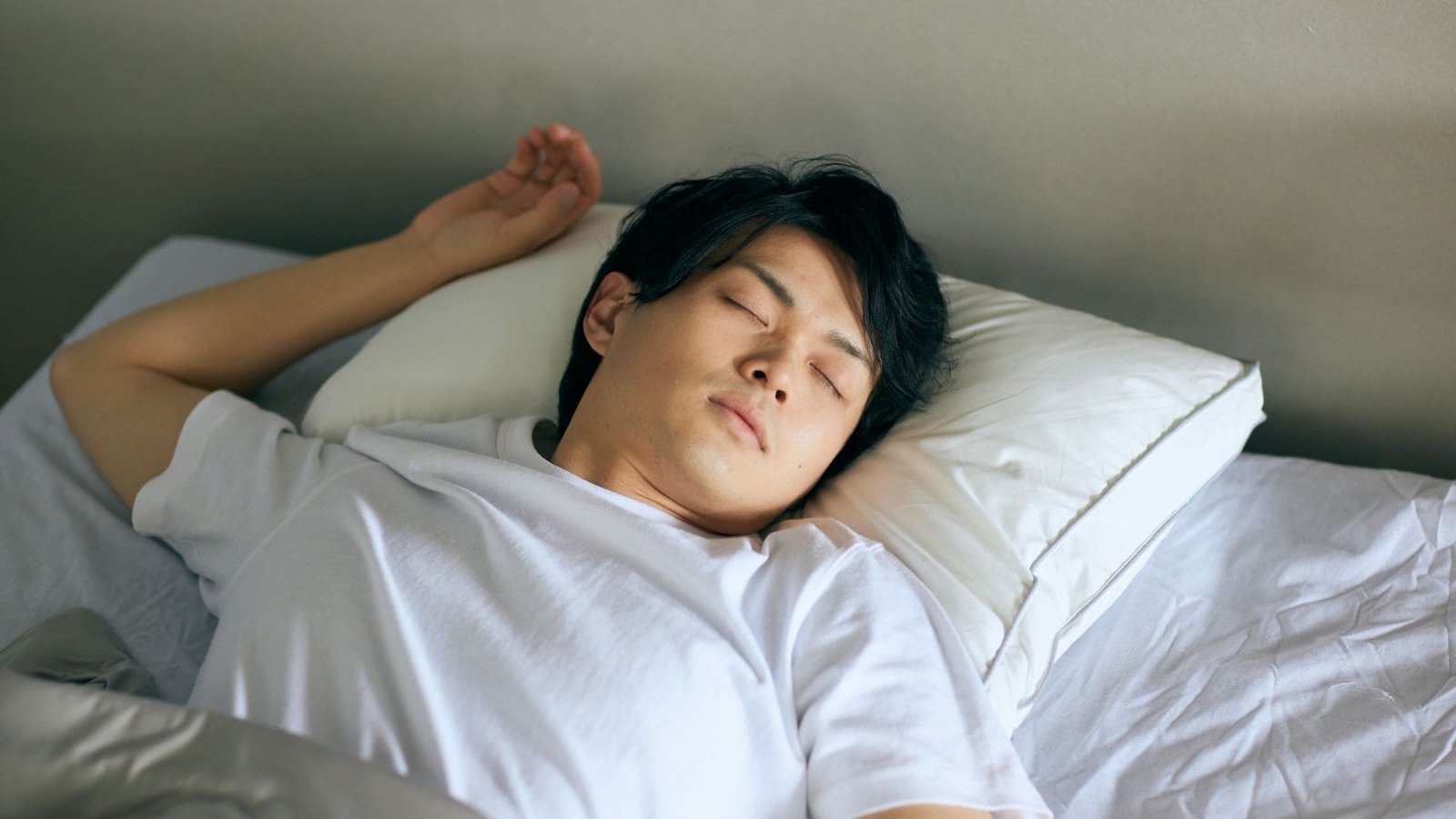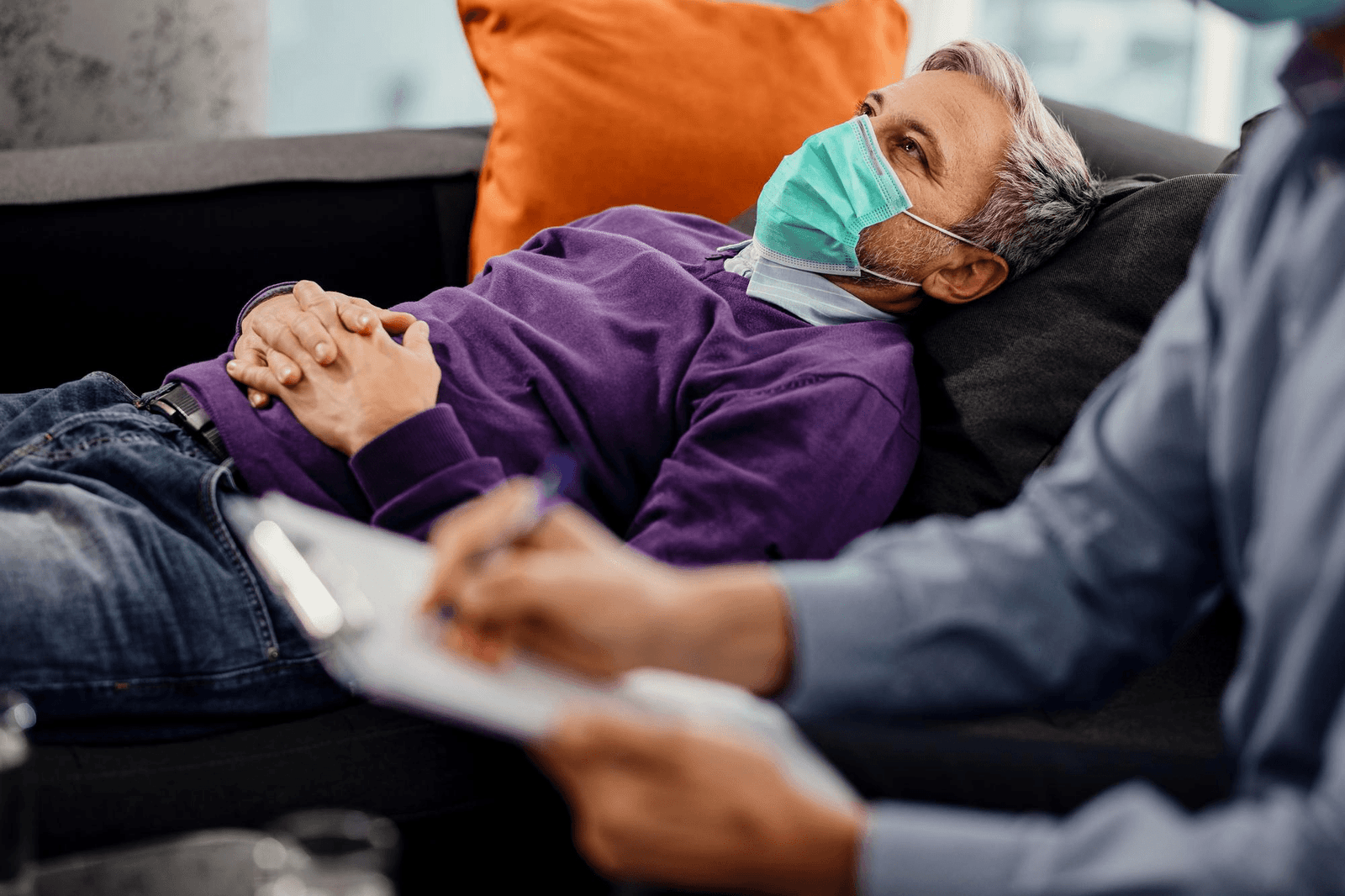If you’ve been waking up tired, snoring loudly, or feeling groggy throughout the day, you’re not alone—and your dentist might have the answers you’re looking for. Sleep apnea is a serious, often undiagnosed condition that affects breathing during sleep, but what many patients don’t realize is that their dentist can diagnose sleep apnea using a straightforward, non-invasive process.
At first glance, it may seem unusual to visit a dentist for a sleep-related issue, but trained sleep dentists play a critical role in identifying and managing obstructive sleep apnea (OSA). In fact, dentists are often the first to notice red flags during routine exams and are uniquely positioned to help patients explore diagnostic and treatment options.
For residents of Worcester and nearby areas, Dr. Gobran Sleep Apnea & TMJ Therapy offers a comprehensive and compassionate approach to sleep apnea diagnosis—right from the dental chair.
Let’s break down the three simple steps your dentist will take to determine whether you’re suffering from sleep apnea, and what happens next.
Step 1: Screening Questions and Risk Assessment
The first step in the diagnosis process starts with conversation. During your visit, your dentist will ask a few targeted screening questions designed to assess your risk level for obstructive sleep apnea. These questions focus on common symptoms and lifestyle indicators, such as:
- Do you snore loudly or frequently?
- Do you wake up gasping or choking during the night?
- Are you excessively tired during the day?
- Have others noticed pauses in your breathing while you sleep?
- Do you suffer from morning headaches or dry mouth?
- Do you have high blood pressure or a larger neck circumference?
In some cases, dentists use standardized tools like the Epworth Sleepiness Scale or STOP-BANG questionnaire to quantify the risk. These tools help ensure consistency and make it easier to determine whether further evaluation is needed.
At around 150 words in, it’s important to understand that early detection is key. By partnering with a dentist who specializes in sleep-related breathing disorders—like the team at Dr. Gobran Sleep Apnea —you can take the first step toward reclaiming restful, healthy sleep.
Step 2: In-Office Examination and Physical Indicators
Once you’ve completed the screening process, the next step is a detailed in-office evaluation of your oral anatomy and airway. Many signs of sleep apnea can be identified through a thorough dental examination, such as:
- A recessed jaw or small airway space
- Enlarged tongue or tonsils
- Signs of teeth grinding (bruxism) or worn-down enamel
- A scalloped tongue
- Narrow dental arches
- Forward head posture
These physical characteristics may not confirm sleep apnea on their own, but they can indicate whether you are at higher risk of having a partially or fully obstructed airway during sleep.
Advanced dental offices may use 3D imaging, airway scanners, or intraoral cameras to get a clearer view of potential issues. The goal is to determine if a home sleep test is the logical next step—or if a referral to a sleep physician is necessary.
In some cases, your dentist may recommend a sleep study right away, especially if your symptoms are moderate to severe or if certain anatomical markers are clearly present.
If the initial exam suggests you’re a potential candidate for oral appliance therapy, this information will be noted so it can guide future treatment. You can learn more about OAT candidacy and the types of devices available by visiting Dr. Gobran’s oral appliance therapy services page.
Step 3: Home Sleep Test or Medical Referral
The third step in the diagnostic process is where the actual sleep data collection occurs. Depending on the dentist’s qualifications and the state guidelines, you may be offered a home sleep apnea test (HSAT) or referred to a board-certified sleep physician for a polysomnography (PSG) test in a sleep lab.
Home Sleep Apnea Test (HSAT)
Home sleep tests are a popular and convenient way to gather overnight data in the comfort of your own bed. These tests typically involve:
- A nasal cannula or sensor to monitor airflow
- A pulse oximeter to measure oxygen saturation
- Chest/abdomen bands to track breathing effort
- A small recording device that tracks sleep patterns
The results of your HSAT will reveal your apnea-hypopnea index (AHI)—the number of times per hour your breathing is partially or fully interrupted. A higher AHI score generally indicates more severe sleep apnea.
After the test, your dentist or sleep physician will review the data and confirm the diagnosis. If you’re diagnosed with mild to moderate OSA and are not a good candidate for CPAP therapy—or if you simply prefer an alternative—oral appliance therapy (OAT) may be recommended.
At this stage, the dentist will also determine whether your bite, jaw position, and airway structure support the use of an oral device.
What Happens After Diagnosis?
Once a diagnosis is confirmed, a customized treatment plan will be created based on your condition and lifestyle needs. Options may include:
- Oral Appliance Therapy: A custom-fitted device that repositions the jaw to keep the airway open during sleep
- CPAP Therapy: If referred to a sleep physician, CPAP may be recommended for more severe cases
- Behavioral Modifications: Weight loss, sleep position changes, and alcohol/tobacco reduction
- Referral to Specialists: ENT or sleep physicians for further evaluation if anatomical obstructions are present
Patients who opt for oral appliance therapy can usually begin treatment quickly, and most report noticeable improvements within a few weeks of consistent use.
For those still unsure about taking that first step, it may help to contact the Worcester dental sleep team directly to ask questions or schedule an initial screening. The staff is trained to support new patients through every part of the process.
Benefits of Dental Sleep Apnea Diagnosis
Many patients are surprised at how easy and accessible it is to be evaluated by a dentist for sleep apnea. Some key benefits include:
- No need for a hospital visit or overnight stay
- Early detection before symptoms worsen
- Alternative to CPAP for eligible patients
- Collaborative care model with sleep physicians
- Faster diagnosis and treatment turnaround
With the growing availability of in-office screening tools and take-home tests, more people are discovering the advantages of turning to their dentist for early intervention and relief.
Final Thoughts
The idea of getting diagnosed for sleep apnea might seem overwhelming—but it doesn’t have to be. With just three straightforward steps—screening questions, a dental examination, and a home sleep test or referral—you can uncover the root of your sleep issues and move toward effective treatment.
Choosing a dentist trained in sleep apnea care is one of the most accessible, least intimidating ways to begin the diagnostic journey. It empowers patients to take action early, explore alternatives to CPAP, and improve their overall health and quality of life.
If you’ve been avoiding sleep testing because it feels too clinical, too complex, or too expensive, let your next dental visit be the turning point. Early diagnosis can mean better sleep, more energy, and improved health for years to come.
For more guidance on OAT and the sleep dentistry process, be sure to explore the Dr. Gobran Sleep Apnea & TMJ Therapy blog where practical tips and patient success stories are regularly shared.
FAQ:
Can any dentist diagnose sleep apnea?
No, only dentists with advanced training in dental sleep medicine can screen and assist with diagnosis. However, they cannot formally diagnose OSA unless they are working in collaboration with a sleep physician.
Do I need a prescription for a home sleep test?
In most cases, yes. Your dentist or sleep specialist will provide this after reviewing your symptoms and risk factors.
Is oral appliance therapy effective?
Yes, for patients with mild to moderate OSA, oral appliances are often as effective as CPAP, especially for those who are CPAP-intolerant.
Is the diagnosis process covered by insurance?
Often, yes. Many insurance plans cover HSATs and related consultations when medically necessary. Your dental sleep office can help verify benefits.
How long does it take to get diagnosed?
From your first consultation to receiving a diagnosis can take 1–2 weeks, depending on the sleep testing process and lab turnaround.
Is it safe to skip diagnosis and just try an oral appliance?
No. A formal diagnosis is essential to determine the severity of your condition and ensure that oral appliance therapy is appropriate and safe.


